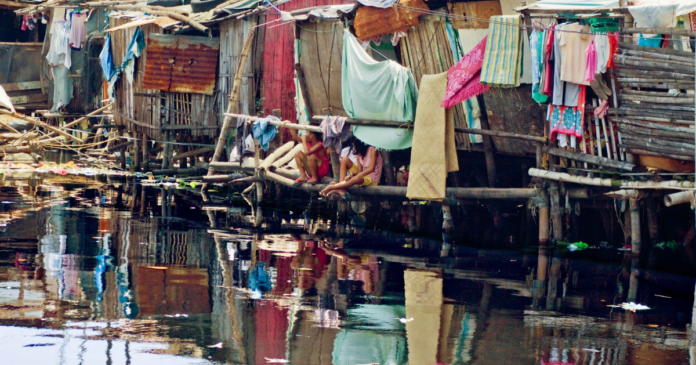Manila Bay was once a bustling hub for trade and commerce, a thriving fishing ground, a go-to destination for beach lovers, and served as the gateway to the Philippines.
However, rapid urbanization, illegal fishing practices, pollution, and unabated land conversion have transformed this once famous landmark into a deteriorating coastline, primarily due to uncontrolled human activities.
Currently, around 233,000 families are informally settling within Manila Bay’s tributaries. To address this growing number, the national government has planned to relocate some 220,000 families to help restore the Bay’s water quality.
This initiative is part of the 2008 Supreme Court ruling known as the Manila Bay Mandamus. It directs 13 government agencies to clean up, rehabilitate, and preserve Manila Bay, alongside restoring and maintaining its waters to SB level to make them fit for swimming, skin-diving, and other forms of contact recreation.
The ruling also aims to make Manila Bay fit for the commercial propagation of shellfish and milkfish.
The Manila Bay area covers three regions: the National Capital Region, comprising cities and municipalities in Metro Manila, and eight provinces – Bataan, Bulacan, Cavite, Pampanga, Laguna, Nueva Ecija, Rizal, and Tarlac. Covering a drainage area of 1,994 square kilometers, Manila Bay is linked to 17 principal river systems, including Pasig, Angat, Bocaue, Marilao, and Meycauayan-Valenzuela Rivers.
Included in the 13 Mandamus government agencies are the Department of Environment and Natural Resources (DENR), Department of Interior and Local Government (DILG), Department of Public Works and Highways (DPWH), Department of Education (DepEd), Department of Health (DOH), and Metro Manila Development Authority (MMDA), among others.
The Supreme Court mandates that the DENR fully implement the Operational Plan for the Maila Bay Coastal Strategy (OPMBCS). This includes regular coordination with Mandamus agencies, managing Manila Bay’s water quality through standard setting, regular monitoring, and establishing Water Quality Management Areas (WQMA).
The SC ruling also directs the removal of illegal structures along identified waterways, esteros, and rivers that discharge wastewater into the bay.
One of the biggest challenges of Metro Manila is the lack of proper sewage infrastructure. According to the latest data, there are only 15%, or 2.4 million people out of the 16.3 million Metro Manila residents have access to a sewage system.
Moreover, a significant number of households directly discharge their solid waste and wastewater into water bodies, exacerbating pollution and other negative effects.
Reducing fecal coliform levels and toxic discharges from homes and business establishments also poses a challenge for the national government. This may be addressed by requiring them to connect to existing Sewage Treatment Plants (STPs), and mandating STPs for government facilities, commercial areas, industrial zones, and educational establishments.
For informal settlers who have yet to be relocated, the government may provide temporary sanitation facilities such as communal bathrooms and toilets.



